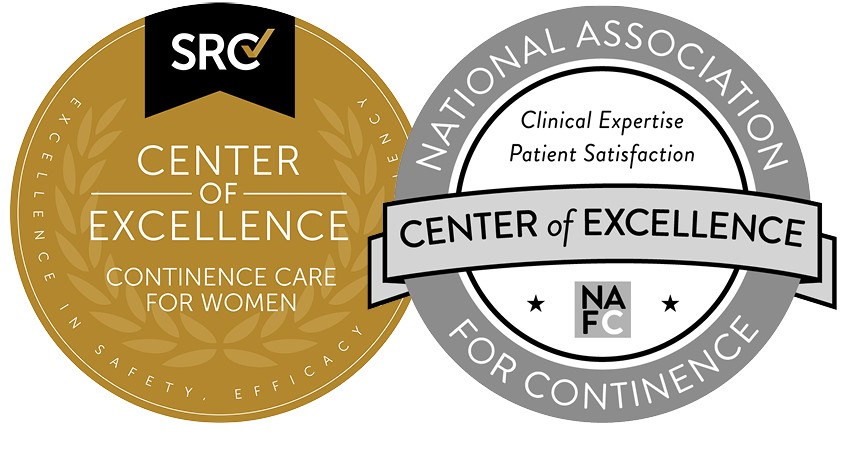Policy Brief: Addressing Hidden Fees for Doctors in Health Care Payments
Aug. 2023
Healthcare providers, especially physicians and medical practices, are grappling with a substantial financial strain from concealed fees imposed by insurance companies and payment processors during electronic payment transactions. These fees, which can reach up to 5 percent, negatively impact healthcare practices' tight financial margins, resulting in diminished revenues, heightened operational expenses, and potential financial instability.
The recent exposé by ProPublica, titled "The Hidden Fee Costing Doctors Millions Every Year," has highlighted a problematic issue within the healthcare landscape – the imposition of fees on doctors when they receive payments from health insurers. This policy brief aims to shed light on this problem, elucidate its ramifications, and propose potential solutions to alleviate the financial burden experienced by doctors.
The imposition of hidden fees on doctors for receiving payments has several detrimental implications:
- Financial Strain on Providers: Doctors are saddled with additional costs, reducing their overall practice income and impinging on their ability to deliver high-quality patient care in an era of increasing operational costs.
- Compromised Access to Care: Smaller medical practices may face closure due to financial hardships, reducing access to healthcare services, particularly in underserved areas.
- Administrative Overhead: Doctors invest valuable time and resources in navigating intricate billing and payment processes, diverting attention from patient care and generating administrative inefficiencies.
To address the issue of hidden fees for doctors in healthcare payments, several policy actions can be explored:
- Reinstate Fee Prohibition: Policymakers should reintroduce and enforce regulations prohibiting insurers and payment processors from levying fees on doctors for electronic payments.
- Enhance Transparency and Disclosure: Insurers and payment processors should be obligated to provide transparent and explicit information about any fees linked to electronic payments. This data should be easily accessible to healthcare providers, empowering them to make well-informed decisions.
- Establish Standardized Fee Limits: Enforcing a cap on the fees that insurers and payment processors impose for electronic payments can curb excessive charges and shield doctors from financial exploitation.
- Regulatory Vigilance: Regulatory bodies should closely monitor and audit electronic payment practices within the healthcare industry to ensure adherence to fee regulations. This includes evaluating the impact of these fees on healthcare providers and patient care.
- Facilitate Provider-Payer Negotiations: Encouraging transparent negotiations between healthcare providers and payers to arrive at equitable payment processing terms that do not burden doctors.
The issue of concealed fees for doctors in healthcare payments demands immediate attention. Implementing policy measures prioritizing transparency, equity, and the financial well-being of healthcare providers is imperative to ensure that doctors can continue delivering quality care without being hampered by unnecessary and excessive fees. A comprehensive approach encompassing regulatory reforms, collaborative efforts among stakeholders, and support for smaller practices can lead to a more just healthcare payment system.
|




